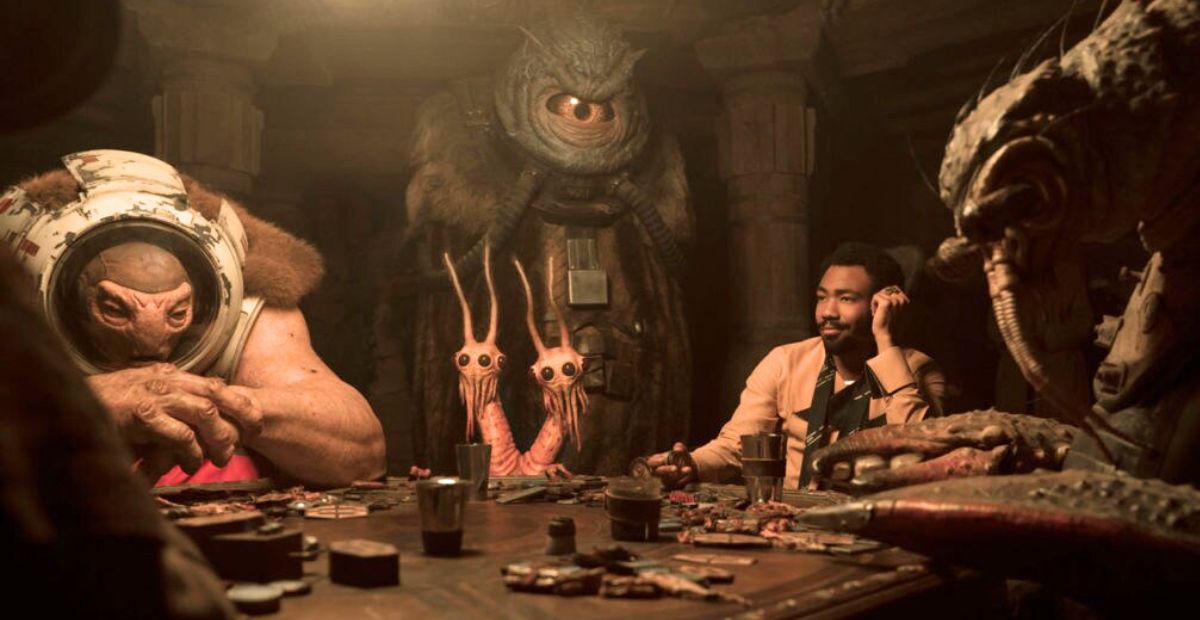Star Wars has always been about balance—light and dark, good and evil, and even humans and aliens.
But when I look at recent stories Solo: A Star Wars Story and Andor, the balance feels different. Solo thrives with a perfect mix of humans and aliens, capturing the colorful chaos of the galaxy. Meanwhile, Andor leans heavily on human narratives, with aliens taking a noticeable backseat.
And I think I’ve figured out why there’s such a difference between the two. Let me explain.
The Empire’s Human-Centric Ideology in Andor
One of the biggest reasons Andor feels so human-focused is because of where it takes place—right in the heart of the Empire’s rule.
We know that the Galactic Empire has always been deeply speciesist, favoring humans while pushing non-humans to the edges of society. This isn’t just by chance—it’s rooted in the Empire’s belief in “Human High Culture,” an ideology that enforces human superiority and ensures aliens are kept out of positions of power.
This theme runs throughout Andor, where we constantly see how the Empire’s oppressive rule shapes everything. So it makes sense that the series focuses on human characters—they’re the ones navigating a system built entirely for them while shutting out others.
We see this especially in the Imperial Security Bureau (ISB), where non-humans are completely excluded from leadership roles. The Empire made sure its power structure stayed strictly human, and that extended to the Imperial Navy and High Command, where alien officers were practically unheard of.
Scoundrels and Aliens in Solo: A Star Wars Story
On the flip side, Solo takes us to a completely different part of the galaxy. Han Solo and Lando Calrissian don’t operate within the Empire’s system—they live on the fringes of society, exactly where the Empire forced aliens to go.
Out here, smugglers, bounty hunters, and outlaws thrive, creating a world where species don’t matter as much as who can get the job done. The criminal underworld in Star Wars has always been a melting pot of aliens, and we see that all over Solo. Rodians, Twi’leks, Wookiees, Weequays—they all exist in these shady circles, just trying to survive.
And in Solo, this diversity doesn’t feel forced—it feels natural. We see it through Chewbacca, Han’s loyal partner, proving how scoundrels and non-humans are often closely tied together. Then there’s Rio Durant, the quick-witted Ardennian pilot, and L3-37, the droid with a passion for equal rights, both adding even more layers to this world.
What I find really interesting is how the scoundrels and criminals in Star Wars completely reject the Empire’s speciesist ideology. They don’t care what you look like, where you’re from, or whether you’re human—as long as you can pull your weight, you’re in. This mindset creates a world where aliens and humans actually work side by side, making it one of the few places in the galaxy where speciesism doesn’t rule everything.

